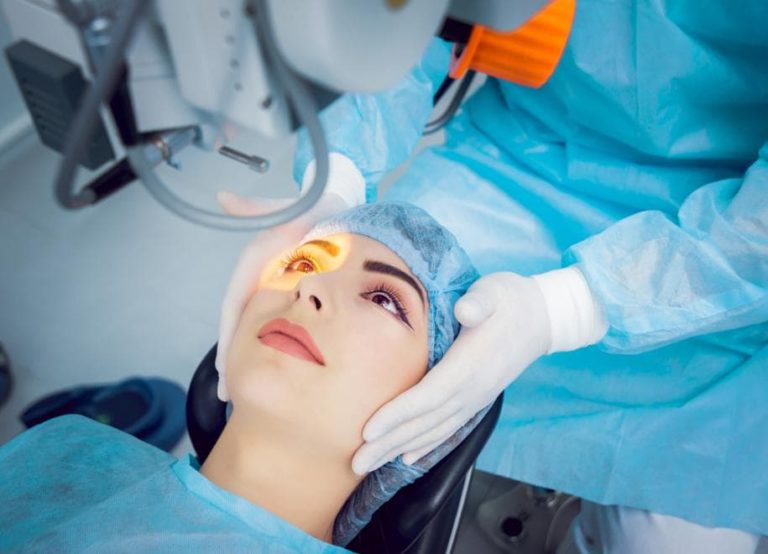Glaucoma, “The Silent Blinder”
It is estimated that 45 million people worldwide have glaucoma, and over 8 million are blind from it. Glaucoma is the second leading cause of blindness in people over 60, although it can affect younger people too, I call glaucoma the silent blinder as people don’t even realize they have it until late in the process, where permanent damage is done.
Don’t be late get regular eye checks. With early diagnosis and treatment, sight is usually preserved.
It is therefore prudent that as you age, you need to get your eyes examined ideally early by a qualified health care professional, an optometrist (OD) or ophthalmologist (MD).
High pressure in the eye, know your safe levels. It is not simply “over 21mm Hg”
Glaucoma is eye pressure that is too high and damages the optic nerve over time. Unlike blood pressure, there are no magic numbers where the eye pressure needs to be safe. Up to 25% of glaucoma patients have eye pressure (IOP) that is within “ normal” parameters, making it more difficult to diagnose. Only with a dilated exam can your eyecare professional look properly at the health of the optic nerve. It is, therefore, necessary to know what your initial IOP was before you were treated to treat and follow a patient properly. Your doctor will often set a range of “acceptable” IOP as a target based on eye exam findings
Two main types with different treatments
There are two main types of glaucoma: primary open-angle glaucoma (most prevalent in North America) and angle-closure glaucoma more prevalent in Asia. Treatments vary greatly depending on your type of glaucoma. The closed-angle usually needs a laser treatment called iridotomy where the doctor makes a tiny hole in the iris periphery (coloured part of the eye), and open-angle usually requires drops or another laser called SLT (lowers pressure by increasing drainage). Both have their pros and cons, and your doctor will explain these differences with you. Surgery is sometimes required when all else fails but is usually a last resort. There are newer, safer surgeries such as MIGS (minimally invasive glaucoma surgery) like iStent.
Genetic factors
Genetic factors affect the outcome of glaucoma. For example, people with an African American origin are at a much higher risk of getting glaucoma and going blind. People with Asian descent have more commonly a closed-angle. This is why your ophthalmologist must do an exam called a gonioscopy early on to differentiate one type of glaucoma from the other and conduct the right treatment for you.
Importance of Follow-Ups
Follow-ups include doing visual fields regularly and frequently to assess if you’ve lost peripheral vision as this is usually what is lost first, making it harder for patients to realize any symptoms. Patients typically need to be examined at least every six months and sometimes more often if glaucoma becomes uncontrolled.
Protect yourself from glaucoma
With proper care and follow-ups, most people will maintain their vision. At Fraser Valley Cataract and Laser, we offer a full range of exams and treatments for patients with glaucoma. Book your appointment now. No referral is necessary.
Click here for more information about glaucoma, the silent blinder .
Dr. Darren Payne







